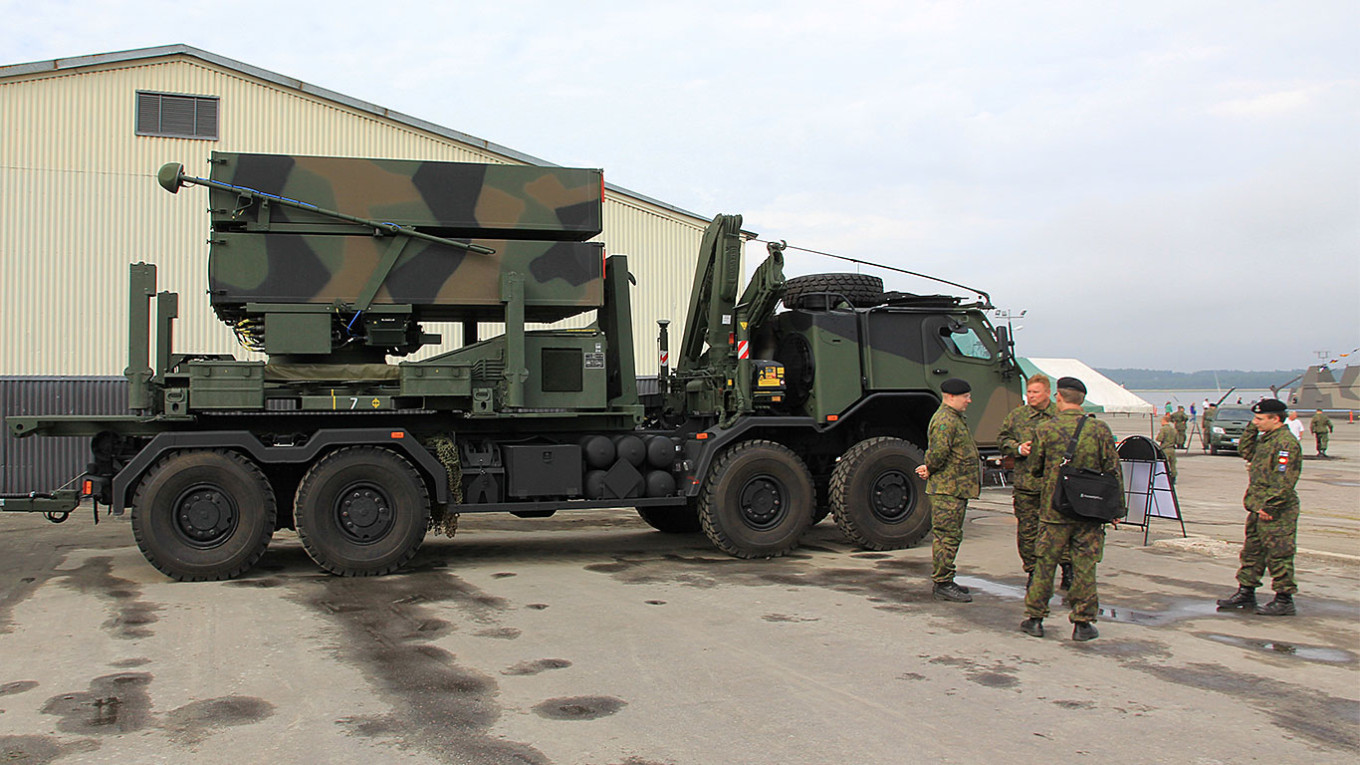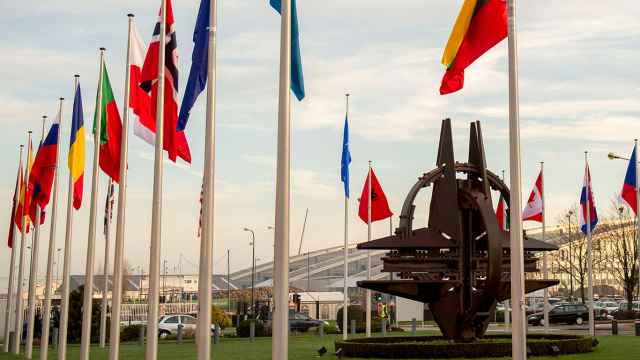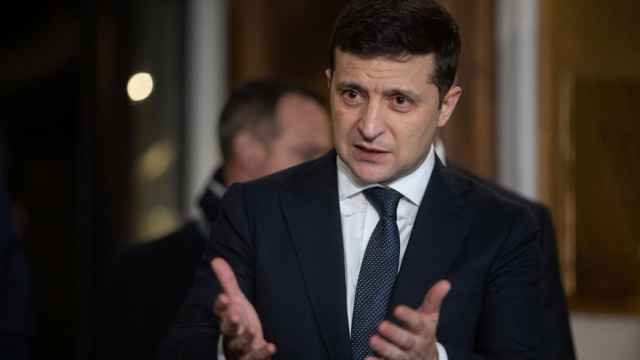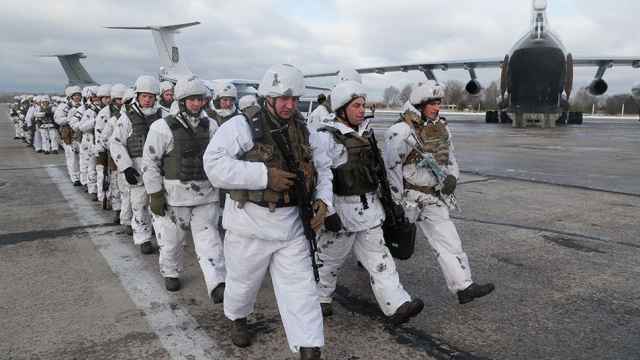The United States is pressing allies to hastily build Ukraine a patchwork air defense network using NATO-compatible equipment – some ultra-modern, others older – to protect strategic targets from Russian strikes.
The effort was given added urgency after Moscow pummeled Ukraine with missiles this week, damaging energy facilities nationwide and leaving at least 20 people dead.
"What the [Ukrainian] leadership described that they needed yesterday most was air defense capability," U.S. Defense Secretary Lloyd Austin said in Brussels on Thursday, a day after a meeting of 50 allied countries to coordinate their military support for Kyiv.
To protect Ukraine from Russia's varied threats, however, it would be necessary to build air defenses made up of multiple layers, according to the top U.S. military officer, General Mark Milley.
"What you're looking at, really, is short-range, low-altitude systems, then medium-range, medium-altitude, and then long-range and high-altitude systems," he said Wednesday in Brussels.
These three levels will protect major cities and key infrastructure in Ukraine from Russian ballistic and cruise missiles as well as from drones.
"That doesn't control all the airspace over Ukraine, but they are designed to control priority targets that Ukraine needs to protect," Milley said during a news conference.
Washington has promised to provide Ukraine with the short- to medium-range, medium-altitude NASAMS air defense system, with the first two arriving soon.
It has also ordered six more from manufacturer Raytheon, but those deliveries may not occur for two to three years.
Germany has delivered the first of the latest-generation Iris-T defense systems, but Kyiv will have to wait until next year for three others that have been promised. The medium-range, high-altitude Iris-T system is designed to protect a small city.
To accelerate the process, the United States urged its allies on Wednesday to provide their available anti-aircraft equipment – even if it is older – as long as it meets NATO standards.
Spain was the first to respond positively to that call: it will send Ukraine four medium-range Hawk surface-to-air systems, which first went into service during the Cold War but have been modernized over the years.
They are no longer used by the U.S. military, which has replaced them with more modern Patriot units, but Spain has refurbished some in recent years to extend their life.
President Emmanuel Macron announced Wednesday that France would provide "radars, systems and missiles to protect [Ukrainians] from these attacks."
He did not specify the type of anti-aircraft defenses planned, but a U.S. military official mentioned the SAMP/T high-altitude system known as "Mamba," which is in service in France, Italy and Singapore and is a European competitor to the U.S. Patriot.
The French-Italian-designed system is currently part of NATO's air defenses.
"The Italians are apparently willing to see what can be given in terms of SAMP-T, but all this is very complex," the French presidency said Thursday, adding that it was "a work in progress."
Paris has also provided the short-range Crotale system, it added.
Britain announced Wednesday that it was sending AMRAAM missiles, which are launched by the U.S.-supplied NASAMS.
According to a U.S. military official speaking on condition of anonymity, Washington is also interested in the option of the Spada 2000 system, which like Mamba is manufactured by Europe's MBDA.
It is a modernized version of a medium-altitude and range system in service since the 1980s in Italy. It has also been sold to Kuwait, Spain and Pakistan.
To defend against ballistic missiles, Washington is also considering providing Patriot missile batteries to Ukraine.
The U.S. military does not have enough to supply them to Kyiv, but Washington is lobbying other countries that have them to participate in the effort and is also trying to convince Israel to provide parts of its Iron Dome system.
"Many countries have Patriot. Many countries have other systems," Milley said in Brussels. "There's a whole series of Israeli systems that are quite capable."
Once the systems are provided, Ukrainian forces will need to be trained on their use and will have to "make sure that they can link together with the command-and-control and communication systems and make sure they have radars that can talk to each other so that they can acquire targets," he said.
"It's quite complicated from a technical standpoint," Milley said, adding that it would "take a little bit of time."
A Message from The Moscow Times:
Dear readers,
We are facing unprecedented challenges. Russia's Prosecutor General's Office has designated The Moscow Times as an "undesirable" organization, criminalizing our work and putting our staff at risk of prosecution. This follows our earlier unjust labeling as a "foreign agent."
These actions are direct attempts to silence independent journalism in Russia. The authorities claim our work "discredits the decisions of the Russian leadership." We see things differently: we strive to provide accurate, unbiased reporting on Russia.
We, the journalists of The Moscow Times, refuse to be silenced. But to continue our work, we need your help.
Your support, no matter how small, makes a world of difference. If you can, please support us monthly starting from just $2. It's quick to set up, and every contribution makes a significant impact.
By supporting The Moscow Times, you're defending open, independent journalism in the face of repression. Thank you for standing with us.
Remind me later.






